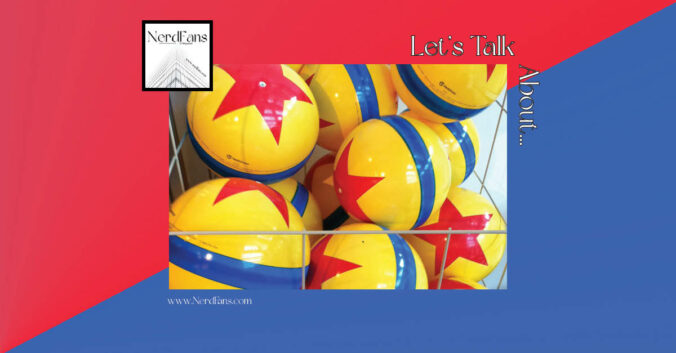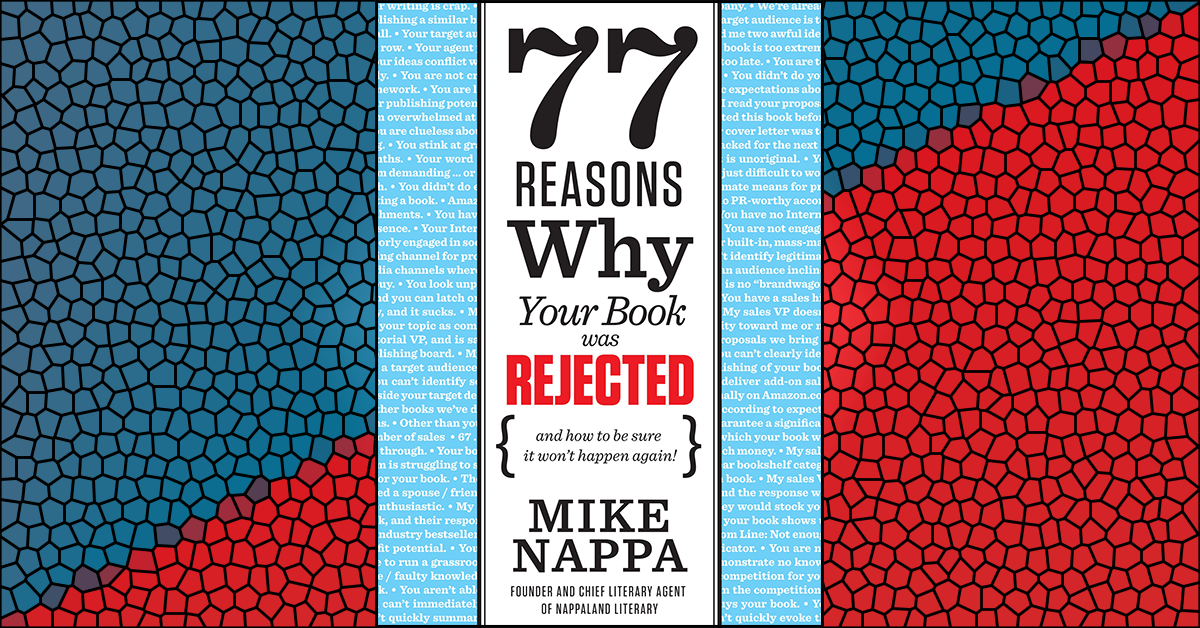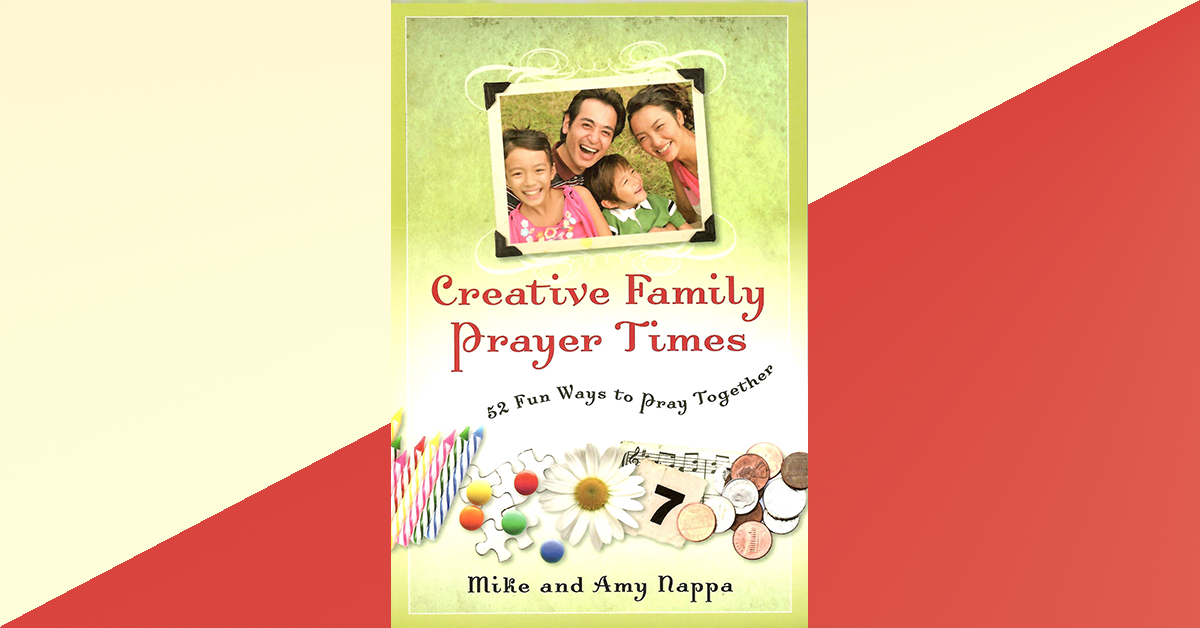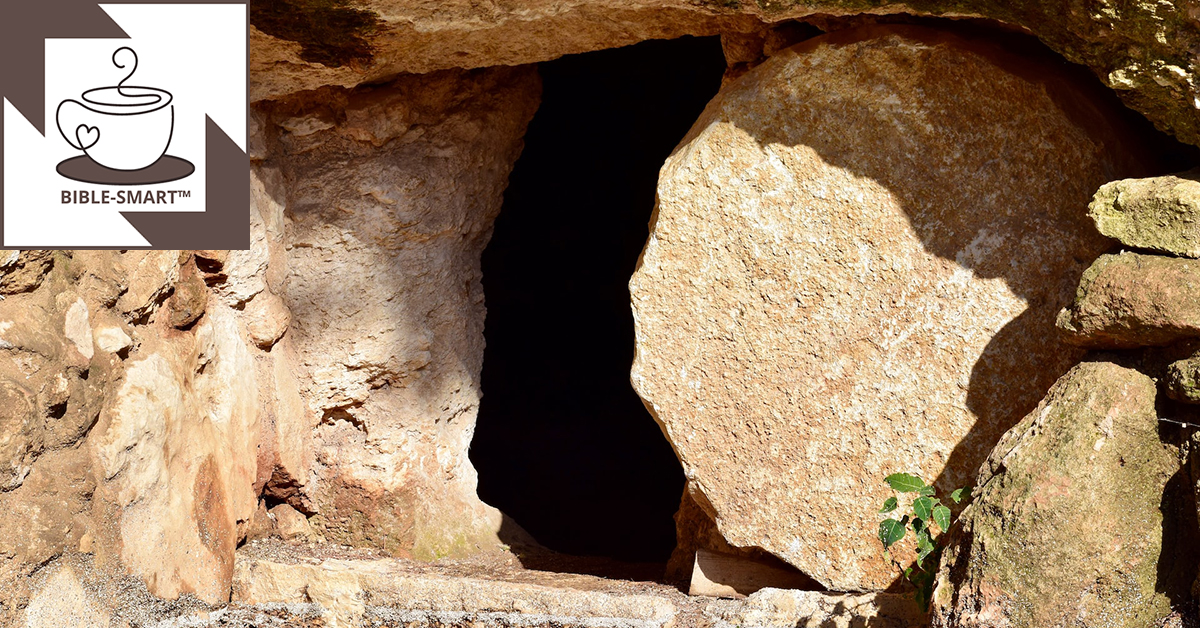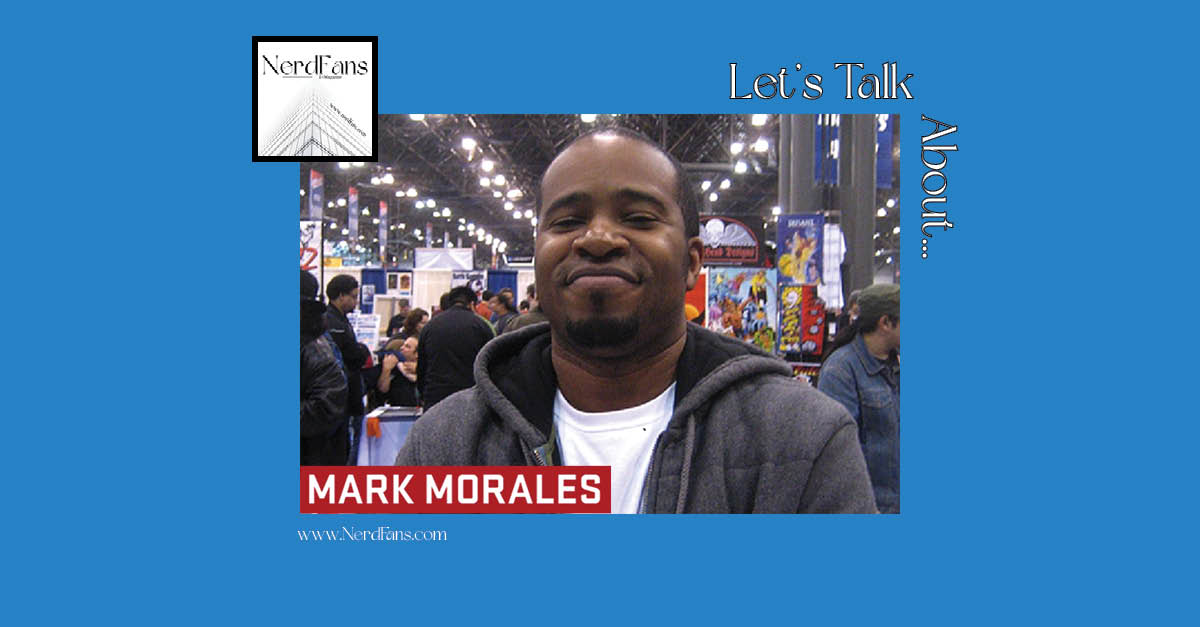|
Getting your Trinity Audio player ready...
|
Recently, our staff visited Pixar Animation Studios to meet with filmmakers and learn about the movie, Inside Out. We made it our mission to uncover all the secrets (well, at least some of them) from behind the scenes of this blockbuster movie.
Here’s what we found out!
1. It took roughly 1800 animated cells to make Inside Out—and it took a crew of nearly 350 people more than five years to create those shots that make up the movie you see in theatres.
2. Inside Out producer, Jonas Rivera, says he was the very first intern at Pixar Animation Studios when he arrived in 1994. Nice!
3. Inside Out director, Pete Docter, drew inspiration for this movie from his eleven-year-old daughter, Ellie. Watching her mood swings as she was growing up, one day Docter looked at her and thought, “What is going on inside her head?” That seed became the inspiration for the movie. (BTW—Ellie was 16 years old when the film was finally finished.)
4. Production Designer, Ralph Eggleston, found inspiration for his work on Inside Out from Francis Ford Coppola’s 1982 musical failure, One from the Heart. Eggleston says, “It’s not exactly the greatest movie in the world … It’s like killing an ant with a nuclear bomb. But it’s beautiful.”
5. Pete Docter’s career in animation started in about third grade, when he got in trouble at school for drawing in the pages of his math textbook. He wanted to turn it into a flip book. Instead of punishing him, Pete’s parents bought him a set of Post-it Notes® to use for his future animation projects. Docter says, “For 5 cents you could buy a note pad and make a better flip-book than your math book makes!”
6. While working on Inside Out, Docter and his crew often started their days by first enjoying classic cartoons from legends of animation like Chuck Jones and Tex Avery. Docter reports they watched all the Goofy shorts and, “We had a whole Tex Avery month!”
7. For Inside Out, animators wanted the characters of Joy, Sadness, Anger, Fear, and Disgust to be “characters made of energy, not flesh and blood.” This required lighting technology not yet created … so the wizards at Pixar invented it. Oh yes they did.
8. “CBB” was a codeword often used when Pixar filmmakers evaluated frames and sequences of film during production of Inside Out. “CBB” means “Could Be Better.”
9. Inside Out originally featured more than just five emotions as characters. “We had Hope and Pride and Ennui and Schadenfreude that we played with,” Pete Docter says. “A whole host of other characters that didn’t make the cut. It got too complicated.”
10. There’s a cooking magazine shown early in the movie, when young Riley is imagining her living room floor is covered with lava. The chef on the cover of the magazine is Colette, from the Pixar film, Ratatouille.
11. “Most of [Riley’s] background memories that you see on the shelves,” director Pete Docter also says, “are actually shots from the ‘married life’ sequence of Up! So if you look really carefully you can see, oh there she’s straightened a tie, there’s Carl and Ellie, or breaking the jar, or things like that.”
12. When the character of Bing Bong cries during Inside Out, his tears are colorful, wrapped candies. During Pixar media days for the movie, members of the press were treated with platters of “Bing Bong Tears”—colorfully-wrapped, homemade, caramel candies.
13. The Pizza Planet Truck from Toy Story makes an appearance in Inside Out as well. Director Pete Docter teases, “There’s three separate scenes that I know of, and probably more, where it shows up … Right as Joy is first chasing after Bing Bong, look around there. That’s the easiest one to spot.”
14. Pete Docter’s college classroom number, “A113” appears in Inside Out—though he wouldn’t tell us where. Best we could get out of him is that it can be seen sometime in the last half hour of the movie.
15. When Ralph Eggleston was a young teen, he liked to spend entire days at the local movie theatre, sneaking out of one film into the next until closing time. “I saw Time Bandits eight times in a weekend!” he says.
16. Co-director, Ronnie del Carmen, moonlights as a comic book artist for both Marvel and DC Comics. You can check out some of his cool work here. (His variant cover for Uncanny X-Men #7 is especially cool!)
17. As in all Pixar films, John Ratzenberger makes a voice cameo appearance. According to director Pete Docter, you should listen for his voice during the last half hour of Inside Out.
18. The setting for Riley’s California home is based on a real place, on a real-life corner in San Francisco. Production Designer, Ralph Eggleston and his crew scouted and sketched the corner as inspiration for their work in the film. (No, they didn’t tell the people who live there what they were doing!)
19. Pete Docter was raised in a Lutheran church, and today make no apologies for his Christian beliefs. But during his college years he had something of a crisis of faith. He says, “I kind of thought, All right, I don’t know if that really is speaking to me….I credit my wife [Sharon Docter] for kind of pulling me back…I think there’s something fundamental to the Christian faith that speaks to the core of who we are.”
–MN
All product-related graphics in this article are standard publicity/promotional shots and are owned by their respective publisher.

